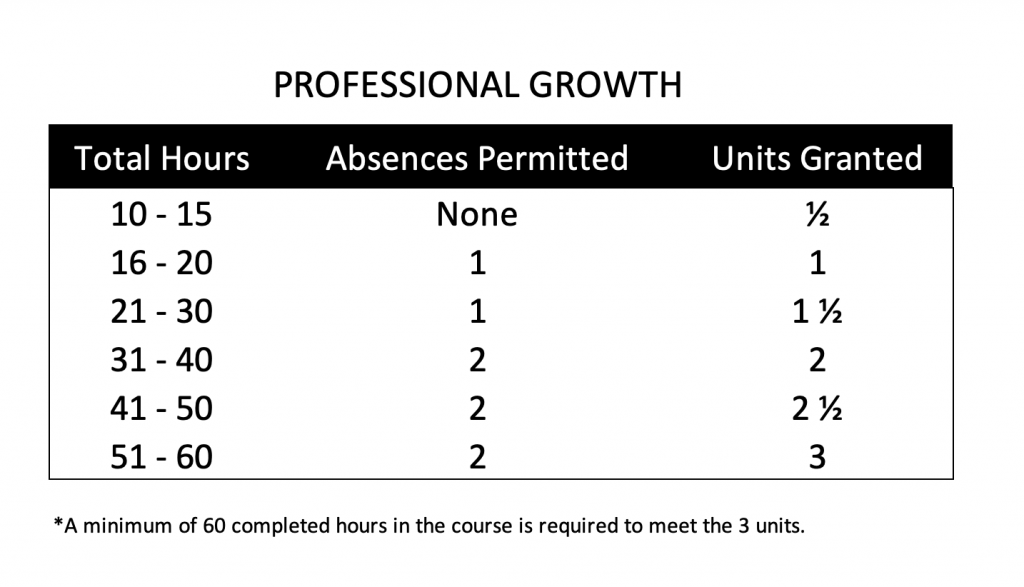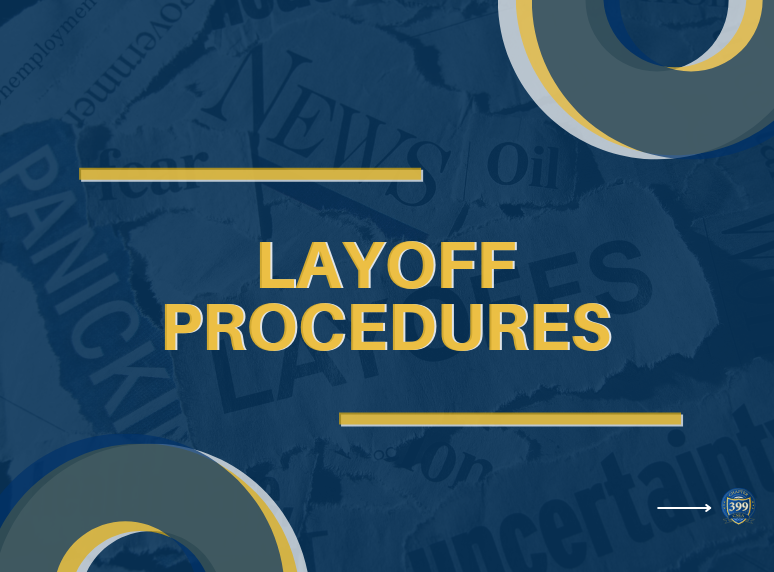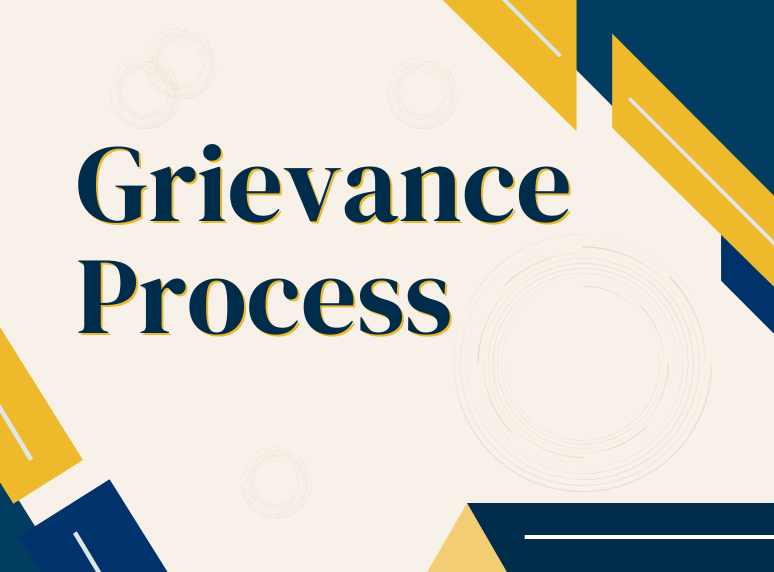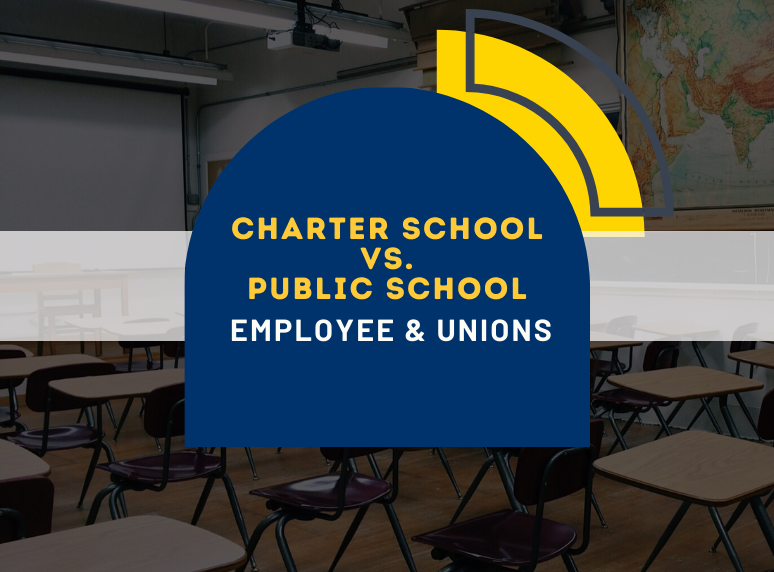A layoff is the temporary or permanent termination of employment by an employer for reasons unrelated to the employee’s performance. Losing your job is never welcome news. For most people, it’s a traumatic and frightening experience. Read your Calexico Unified School District CUSD/CSEA employment contract to help you stay informed.
If you have been laid off, it means that your employer is experiencing financial hardship and is no longer able to pay you a salary. The recent outbreak of COVID-19 is the most recent example that forced businesses to downscale their workforce in order to survive.
If your layoff is temporary, your employer may require you to return to work after a period of time. If your layoff is temporary, it means your employer may require you to return to work after a period of time. it makes no difference if your layoff is temporary or permanent. You will be unemployed and eligible for unemployment insurance or compensation.
Employees may be laid off when companies aim to cut costs, due to a decline in demand for their products or services, seasonal closure, or during an economic downturn. According to the Calexico Unified School District CUSD employment contract. Here are the two main reasons for being laid off:
- Layoff shall occur only for lack of work or lack of funds.
- A limited-term employee may be laid off (separated/terminated) at the end of his/her assignment without regard to the procedures set forth in these rules.
Upon the decision of the District to reduce the number of unit employees in the classified service of the District, written notice of layoff shall be sent by registered mail or delivered in person to the affected unit employee(s) by the Superintendent or his designee.
The District shall send written notice of layoff to the affected unit employee(s) not less than sixty (60) calendar days prior to the effective date of layoff, informing the employee(s) of displacement rights, if any, and re-employment rights. Any notice of layoff shall specify the reason for layoff and identify by name and classification the employee(s) designated for layoff.
When as a result of the expiration of a specially funded program, classification(s) are going to be eliminated at the end of the school year, and unit employee(s) will be subject to layoff for lack of funds, the employee(s) to be laid-off at the end of such year shall be given written notice on or before April 30th. If the termination date of any specially funded program is other than June 30th, such notice shall be given not less than sixty (60) calendar days prior to the effective date of the layoff.
Nothing herein provided shall preclude a layoff for lack of funds in the event of an actual and existing financial inability to pay salaries of classified employees, no layoff for lack of work resulting from causes not foreseeable or preventable by the Board, without the notice required by subsections 2 and 3 hereof.
In considering the layoff of emergency, provisional, or limited-term employee(s) shall be laid off from any position while employees serving under restricted, emergency, provisional, or limited-term employment are retained in positions of the same class.
The order of layoff of unit employees shall be determined by length of service. The employee who has been employed the shortest time in the affected class including time employed in a higher class if applicable shall be laid off first. Bumping rights of unit employee(s) shall apply after the determination of seniority in a class.
Bargaining unit employees who are subject to layoff shall exercise bumping rights into any classification, within a current or previously held class, providing they meet minimum qualifications and providing that the classification in which they are bumping is equal or lower than the classification in which the employee has served. Reemployment shall be in the reverse order of layoff.
- The “bumping” employee must have seniority over the last person to be hired in his/her class. The “bumping” employee shall “bump” the least senior employee in his/her class with the most hours. A lack of seniority in his/her present class will permit him/her to “bump” the least senior employee with the most hours in the succeeding lower classes to determine if he/she has more seniority. Failing to have seniority over the last hired in any of the succeeding lower classes in the same series, the “bumping” employee may then look to other classes where he/she has established permanency. Transferring seniority from one class series to another or from one unrelated class to another is not allowed.
- The “bumping” employee shall consult the Personnel Commission Office (“P.C. Office”) regarding proper procedures and the seniority standing of any employees who may be affected by the bumping procedure. The seniority standing of “bumping” and “bumped” and other employees in the class shall be determined on the seniority lists maintained by the P.C. Office.
- The P.C. Office shall provide the Superintendent with the name of the employee to be “bumped”.
- The Superintendent shall send a layoff notice to the “bumped” employee.
- The employee being “bumped” has the same seniority “bumping” rights and may exercise them in accordance with these rules as though he/she was being laid off.
In case of two (2) or more unit employees having the same length of service, the order of layoff of such employees shall be determined by lot. The employees affected shall be invited to the drawing and a CSEA and District representative shall be present.
Any employees going to a lower class pursuant to this rule shall receive the maximum of the salary range of the lower class provided that such salary is not greater than the salary received in the higher position.
In all cases where an employee elects to exercise his/her seniority rights and move to a lower class in lieu of layoff, his/her name shall be placed on a layoff list for the position from which he/she moved.
For purposes of this section, for service commencing or continuing after July 1, 1971,
“length of service” means all hours in a paid status, whether during the school year, a holiday recess, or during any period that a school is in session or closed, but does not include any hours compensated solely on an overtime basis. For employees in the classified service hired prior to July 1, 1971, the date of employment in the regular classified service (regardless of hours worked per day or months per year, a day is a day and a year is a year) shall be used to determine the length of service prior to July 1, 1971. Seniority within a class shall be calculated by time worked within classifications of higher, equal, or lower ranking in which the employee is serving or has served.
“Hours in Paid Status” shall not be interpreted to mean any service performed prior to entering into probationary or permanent status in the classified service of the District except where the affected unit member was employed as a substitute in the assignment received upon entering into probationary status, and in restricted positions as provided in the Education Code (Section 45105). For purposes of this section, the word “class” shall be defined as a group of positions (classifications) within a job occupational family which have common characteristics and are ranked according to a job family. The word “classification” shall be defined as a position within a class that has a designated title, specific duties, responsibilities, and minimum qualifications, and which has a designated salary range established for each position within a class.
Demotion or Retirement in Lieu of Layoff
A unit employee subject to layoff may, in lieu of such layoff, if qualified and subject to the provisions of this section, elect to be demoted to a lower job class, voluntarily reduce their assigned time if this option is made available or retire under the provisions of the California Public Employees Retirement System (PERS). The right to elect demotion shall not apply to restricted classified employees.
To be considered for demotion in lieu of layoff, which demotion would result in the
displacement of a unit employee with less length of service subject to the provisions of this Article, the unit employee shall be required to notify the Personnel Office in writing of such election not later than five (5) work days after receiving the notice of layoff.
A unit employee displaced under Section C of this Article shall be subject to layoff
according to the provisions of this Article.
A unit employee who elects demotion or retirement in lieu of layoff shall nonetheless be placed on the thirty-nine (39) month re-employment list and shall be eligible, when a classified vacancy occurs, to return to the former job class in the order of service as any other employee on such list.
Employee(s) who elect to take demotion shall be extended for an additional twenty-four (24) months provided that the same tests of fitness under which they qualified for appointment to the class shall still apply. (Education Code Section 45298).
A unit employee who is laid off shall be placed on a thirty-nine (39) month re-
employment list and shall be re-employed in preference to new applicants. The employee shall be required to maintain his/her current address on file with the P.C. Office.
If, during a unit employee’s eligibility period for re-employment, a classification becomes vacant, the Personnel Commission Director shall send written notice by registered mail or telegram to the last known address of such unit employee(s) offering re-employment in order of service, providing such employee meets the minimum qualifications required of the classification.
A unit employee who receives such notice of re-employment and refuses to accept in writing the offer of re-employment within ten (10) working days shall be deemed to have rejected the offer of re-employment.
If the unit employee in a layoff status accepts the classification being offered, the unit employee shall have up to thirty (30) calendar days from the postmark date of the notice to report for work. This does not preclude a unit employee from returning to work in fewer than thirty (30) calendar days.
A unit employee re-employed after being laid off shall be fully restored to his/her class with all rights to permanent status. Service credit and benefits shall not accrue during the period of layoff.
Refusal of an offer of provisional or limited-term employment shall not affect the
standing of any employee on a layoff list.
Employees on layoff lists shall be eligible to compete in promotional examinations for which they qualify.
Names shall be certified for appointment from employment lists as follows:
- Layoff the Re-employment list (one name) until the list is exhausted.
- Promotional Eligibility List – When a qualified candidate exists within the employee ranks, he/she shall be first interviewed. If no suitable candidate is selected from the promotional list, the process continues with the Open Eligibility List.
- Open Eligibility List (top three ranks)
The list shall consist of permanently classified employees listed in order of seniority (see Order of Layoff), and by class series and classification. The most senior employee is to be listed first.
In the computation of seniority, all served within a class plus higher classes within the same class series shall count as seniority within the class. Continuous or uninterrupted service as a probationary or permanent employee within a class, rather than actual days worked, shall determine seniority.
The P.C. Office shall establish and maintain the seniority lists for all class series. These lists are to be updated from year to year to insure their accuracy and availability to the Board.
At least twenty (20) working days prior to the effective date of a layoff, the District will provide CSEA with a seniority roster.
No district may abolish any of its classified positions and utilize volunteer aides, as authorized by Education Code Section 44814, 44815, 35212, and Labor Code Section 3364.5, in lieu of classified employees who are laid off as a result of the abolishment of a position; nor may a district refuses to employ a person in a vacant classified position and use volunteer aides in lieu thereof.
It is the intent of the Legislature to permit school districts to use volunteer aides to enhance their educational program but not permit displacement of classified employees or to allow districts to utilize volunteers in lieu of normal employee requirements.
In the event of a layoff of permanent classified employees, no limited-term employee shall be retained to render service that a laid-off classified employee is qualified to render.
Employee Severance Provisions
Bargaining unit employees laid off due to lack of work or funds shall continue to have the District pay for health and welfare benefits for three (3) months following a layoff. Should the employee obtain other employment that offers health and
welfare benefits during the three-month period, the employee shall advise the District so that the benefits may be terminated.
In lieu of layoff, the employee may exercise their early retirement benefit rights under Article VI of the collective bargaining agreement.
Being laid off from your job is one of life’s major high-stress events, but there are steps you can take to make the transition a little less rocky. Read your Calexico Unified School District CUSD employment contract to help you stay informed.
Make sure you have some savings, keep your résumé up to date, and reach out to your contacts. Remember that a layoff is a great excuse to take stock of your life and go after what you’re most passionate about.













